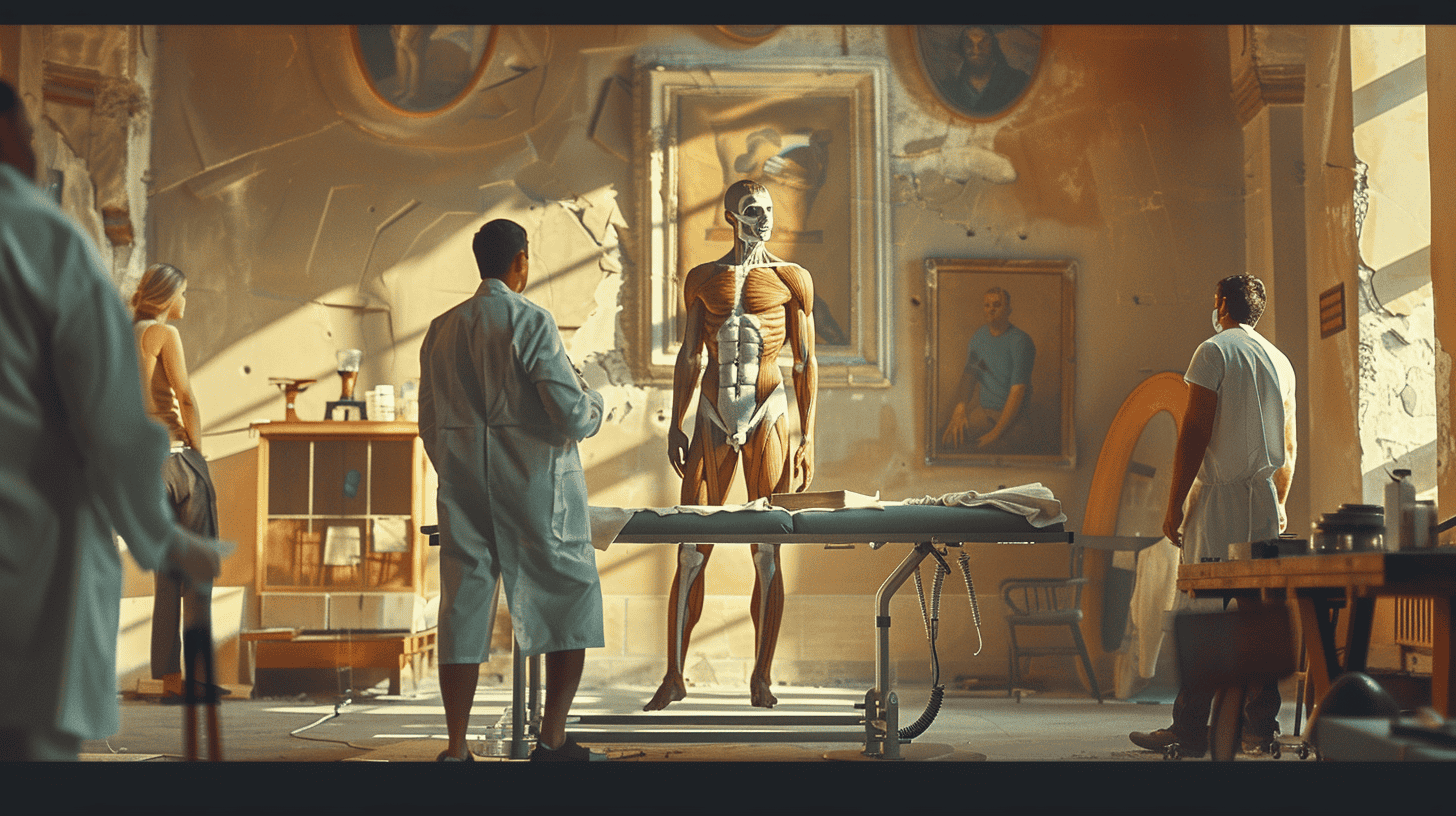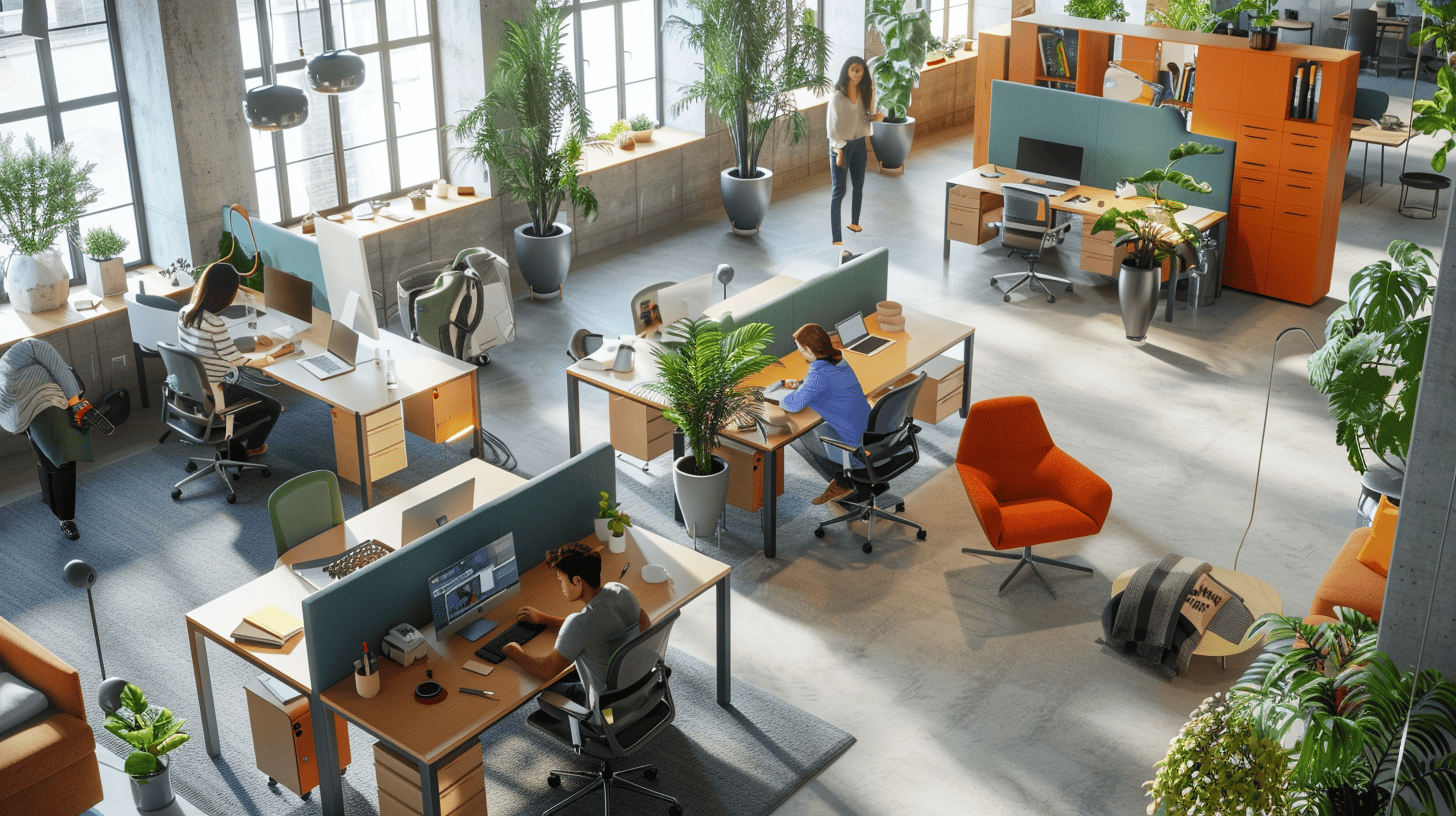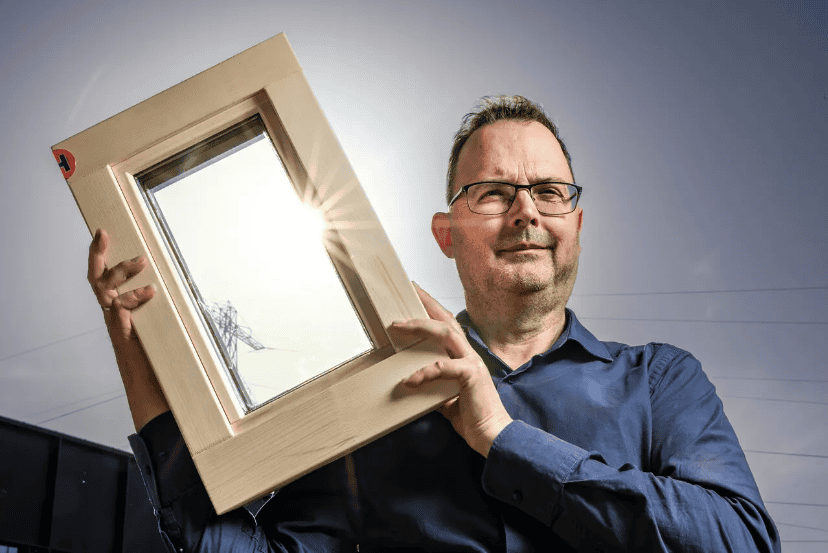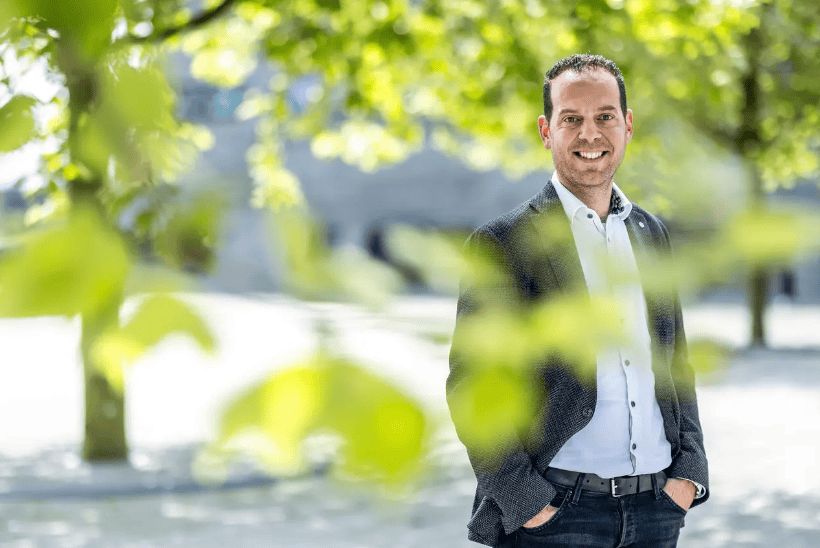
Via a detour, Rens Blom, former Dutch and world pole vault champion, is back in his sport. At least, he represents the American sports equipment manufacturer UST-ESSX in Europe and is developing a process with the Brightlands Sportinnovator Center to reuse discarded poles.
After his career as an athlete (he was world champion in Helsinki in 2005), Rens Blom (Munstergeleen, 1977) thought he would continue as a coach, but it turned out he wasn’t cut out for that. “You look for a way to stay involved in your sport but it’s hard if you can’t practice it. I ended up jumping at a lower level for two more years and was able to work through my injuries. That’s how I was able to finish my career.”
Blom fell back on his business studies and went to work as a business analyst and scrum master in IT. “In 2019, I was at a client with large and heavy projects in a business that didn’t quite suit me, and then I thought: where is the 25 years of top-level sports I have behind me? I had to do something else.”
That ‘something else’ became Topsport Limburg, which went bankrupt six weeks later. Blom was handling things, working for the province, when a former colleague and competitor, Tye Harvey, winner of a silver medal at the 2001 world championships, came forward. He asked Blom if he would represent UST-ESSX in Europe. With his Cologne training buddy Lars Börgeling, he founded ESSX Europe. UST-ESSX mainly manufactures composite tubes for golf but also vaulting poles. In 2020, Blom was able to sell the first pole in Germany.
Carbon or fiberglass
As an athlete, Rens Blom had no eye for materials. “I could have jumped much higher if I had. I always thought: the stick is a given. Now I see athletes looking very critically at their material.” In pole vaulting, the basics are very simple, Blom says: the harder you can run, the higher you can jump. So the more speed you can transfer to the pole, the higher you jump. The lighter the stick, the more speed. The American manufacturer is not a market leader but a steady number two. The poles, made in Fort Worth, are carbon fiber, about 500/600 grams lighter than the epoxy resin glass fiber poles of the competition.
Rens Blom set up the company but wanted more. “My strengths lie in product innovation. How can I move the sport forward?” He came up with the idea of doing something with used or damaged poles. Because they are made of high-quality material, carbon or fiberglass, Blom wants to give them a new life. “More than seventy percent of our business sells new material because the athletics world is used to buying rather than reusing sticks. Many customers say they don’t trust used material, so if we can provide a quick and proper test for used material, we can turn our market around to a circular model where reuse is accepted. Another important point is that raw materials are very scarce and we need to be economical with our materials and reuse is part of the solution to that.”
Broken little finger
To do that, he must first collect and test those sticks. From the factory in America, he will soon receive rejected sticks to test the setup. But even at athletics clubs in Germany (the Netherlands is negligibly small in this sport), he saw masses of sticks in storage that are no longer being used. In his career, by the way, it happened three times that a pole vault broke. He sustained only a broken little finger. “Sometimes a jump stick gets damaged because someone steps on it with spikes. Or they break against the poles the bar is on. I have monthly shipments where a forklift or truck has run over them.”
For the record, an average pole costs 550 euros.
Brightlands
Together with the Sport Innovatorcenter at the Brightlands Chemelot Campus Geleen, Blom is now investigating how poles and possibly other sports equipment can be checked for defects. The goal is to reissue them to other athletes. The center’s role is facilitative; together they are finding out if it is technically feasible. Tim Mullens of the BSC: “The way in which Rens wants to make this branch of sport more sustainable is exactly what the Brightlands Sportinnovator Center stands for: materials & sustainability; the sustainable (re)use of high-quality materials. Rens is the project leader of this feasibility study. We as BSC support and facilitate Rens with knowledge, network and research facilities. A great example of how it works in practice.”
Eventually, Rens Blom hopes to have the poles used primarily as pole vaults again to help his sport or – if no longer reliable – parts of them can be used as, for example, hurdles, uprights, wind vanes, fence posts, or stretching poles in playgrounds. “Don’t laugh, but in America, there is a market for monkey cages,” he said.
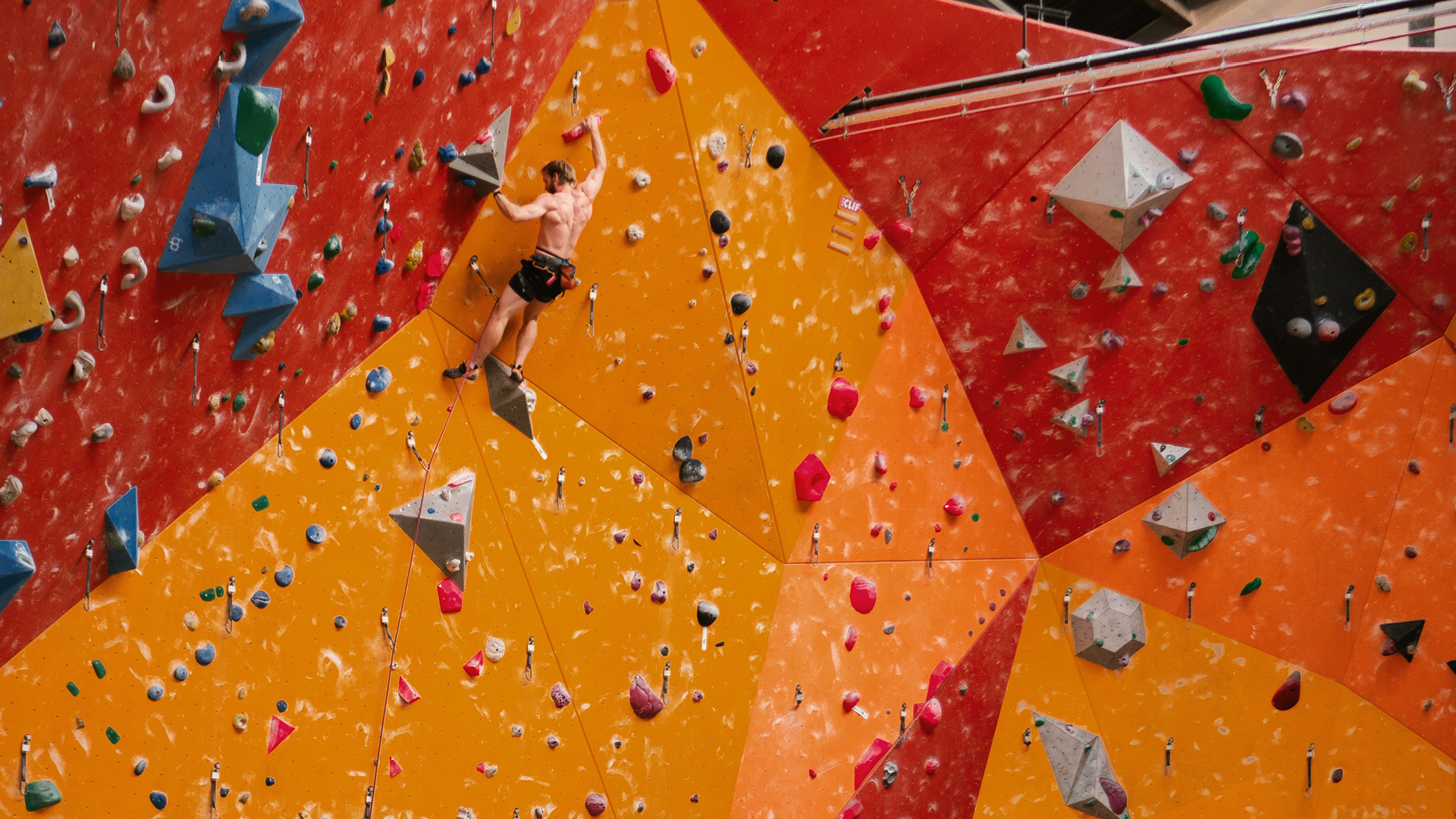
Ultrasound
He calls the device he received from America ‘very rudimentary’. “It’s a machine that bends the stick, and if it snaps, it’s no good anymore. When a pole breaks, you hear a bang throughout the building. Especially the big ones. They’re poles with a resistance of about 220 pounds, so at least that much force is put on them.”
This is a one-year project for now. “With Brightlands, we’re going to make a setup where you can start measuring structures with ultrasound. Then we do a stress test; that’s how we build data. This is followed by a scan, and you know whether a stick can still be used or is due for a new life. Carbon scanning with ultrasound is already done in cycling, but that is manual work. We have a simpler product. Even though in this sport we have 280 different models and per model eight variations, so eight times 280 different poles.”
Meanwhile, his own poles at home only catch dust. “I jumped with 120 different models and still had forty of them when I stopped. I gave a few away and sold a few. I still have five, which I jumped with at the Olympics and World Championships. Not that I’m doing anything with them. I’m remodeling my attic; maybe I can use one as a railing on the stairs.”



